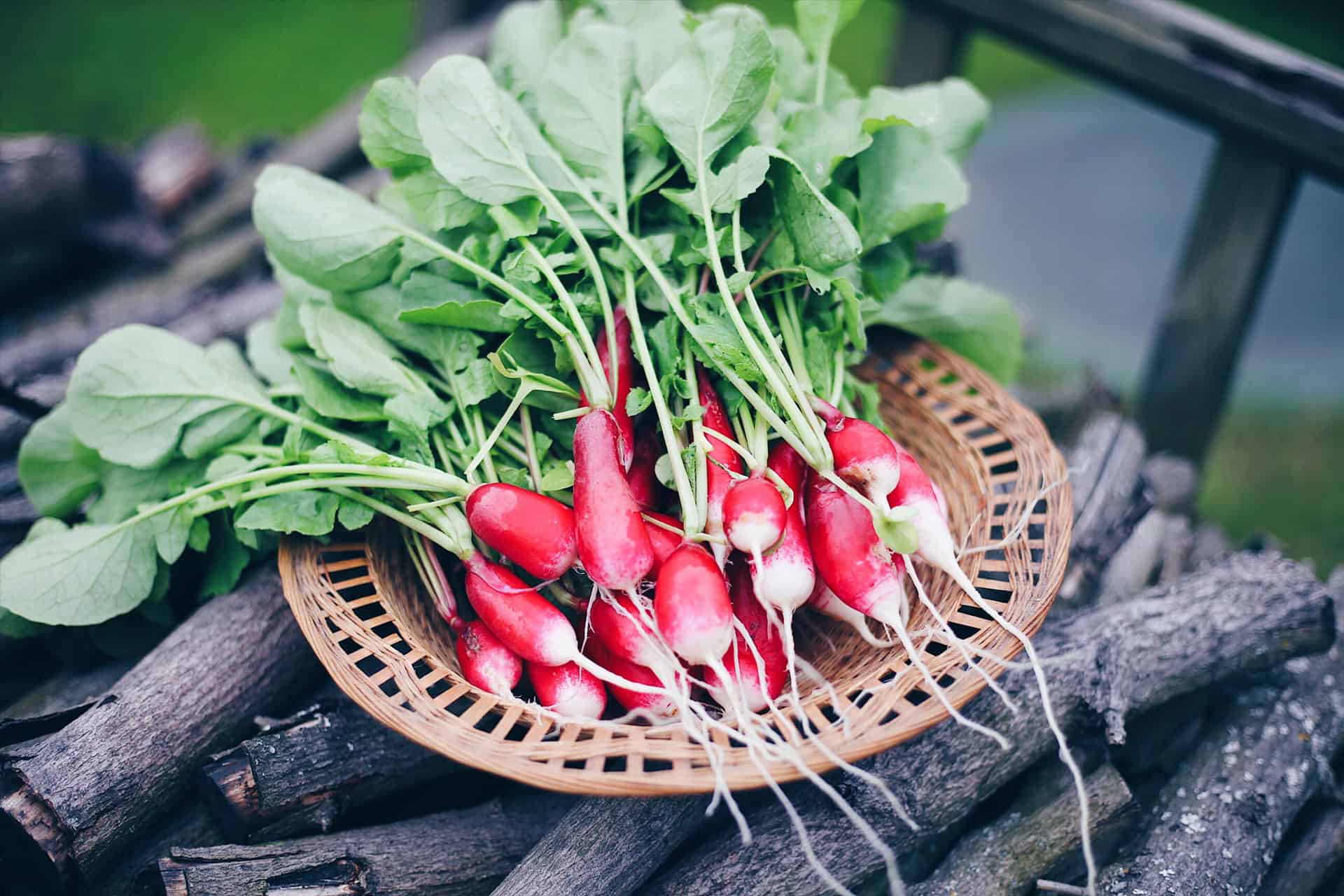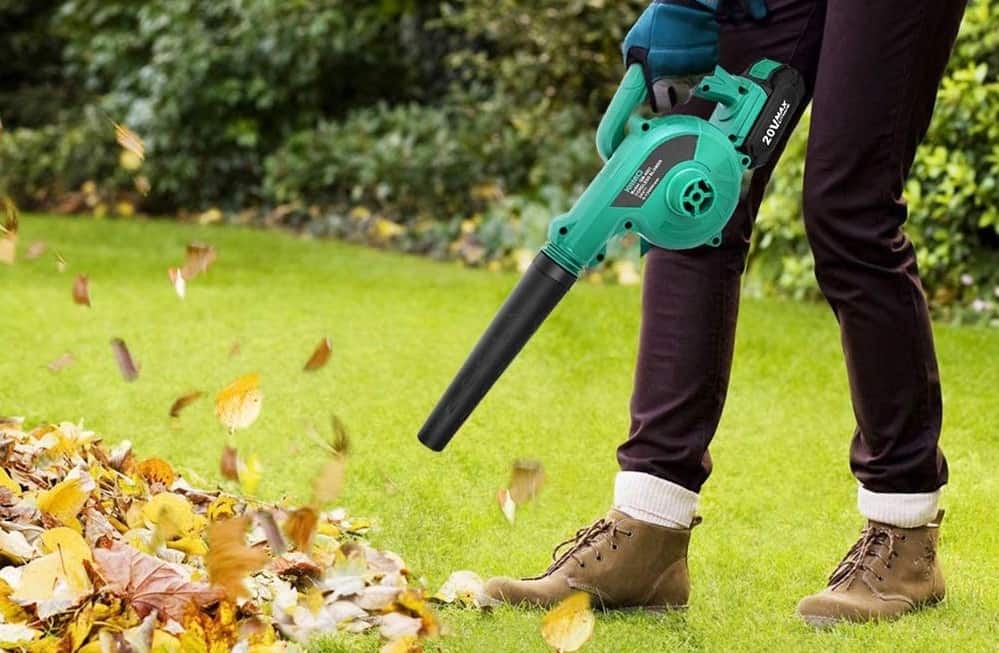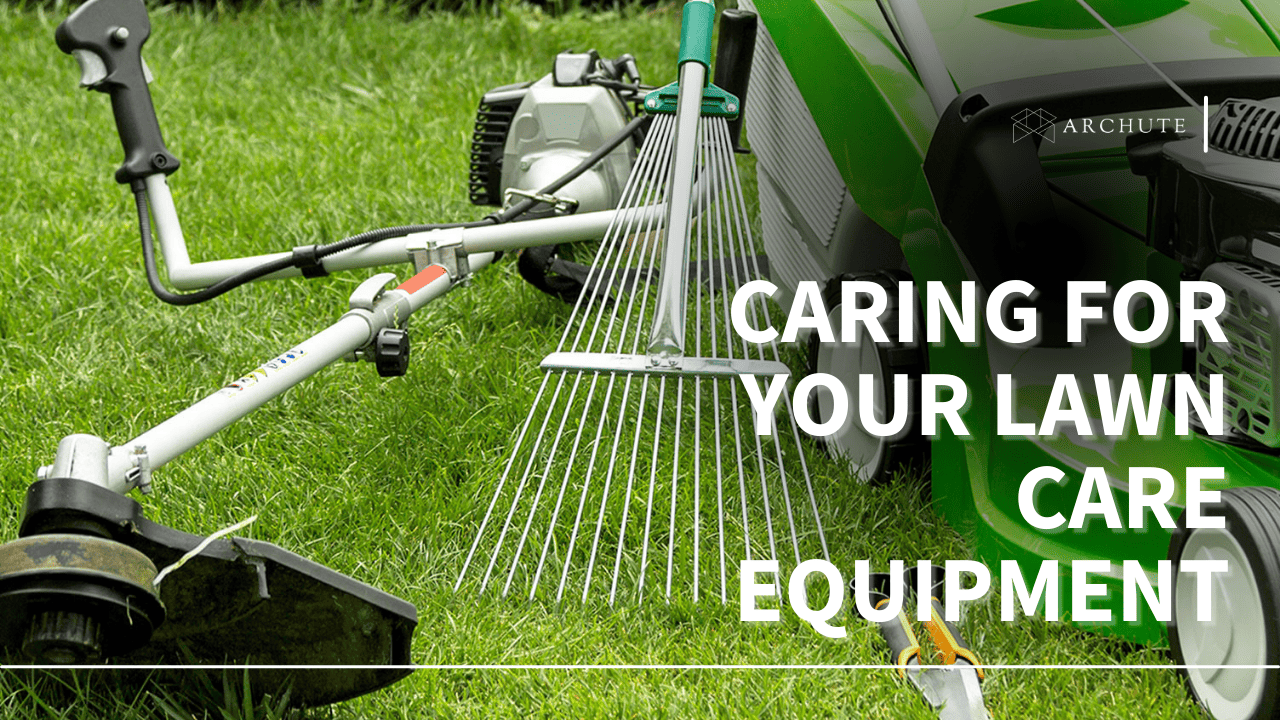If you like your radishes right, plan on growing them in spring and fall when the temperatures are just right. If you know when to harvest radishes and harvest them right, you'll be happily slicing them for a peppery punch salad. If you'd want to kick things up a notch, try roasting them to caramelize the flavors or simply just eat them raw with a fresh baguette mixed in a little butter and salt for a yummy snack.
Remember, other than the root, the leaves and pods of radishes are also edible. Radishes are not a vegetable that might be high on your list when you're getting ready to plant your spring or fall garden. We tend to overlook these humble vegetables that take up very little growing space and can be homely planted with other crops.
Radish seedlings will sprout pretty fast, so they make such great row markers in your garden. This root vegetable can be planted and grow well multiple times in a growing season because radishes are ready for harvesting as soon as 3 weeks after being planted.
Radish Crop Profile
When you mention radish, scientifically known as Raphanus sativus, many people mostly imagine the small, round, red, tangy root vegetable. By far, most of the popular radishes eaten and grown will fit this description. However, they also come in longer varieties and different colors.
The small round type of radish is such a quick and easy grower that virtually defines what a radish should be. And yet, the humble globe-shaped radish still offers a great variety. They can come hot or mild, round or oblong, pink, red, purple, white, or even bi-colored.
Along with cauliflower, broccoli, cabbage, collards, and kale, radishes are annual vegetables that are members of the Cruciferous or Brassicaceae family. To grow radishes, start planting the seeds in spring (for the spring harvest) or late summer (for fall harvest). Some of the smaller-sized radishes will mature in as few as 25 days, while the larger winter radishes can keep you waiting for as long as 60 days.
Daikon is an Asian radish variety that is often referred to as the winter radishes because they mature and are ready for harvest late in the season. These can be stored over the winter. 'Daikon' is a Japanese word that means 'great root,' and some of these Asian radishes can actually become quite great in size, although not all Asian radishes are big and long.
We also have black radishes, which include the Black Spanish that tends to be the hottest. Varieties such as the 'Rat's tail' radish are specifically grown for their pungent pods and grow all summer long.
Radish Varieties
1. Early-spring varieties
a) Cherry Belle
- Round in shape
- Red in color
- Matures in 22 days
b) Early Scarlet Globe
- Round in shape
- Red in color
- Matures in 22 days
c) Easter egg
- Oval in shape
- Mixed colors
- Matures in 25 days
2. Heat-Tolerant Varieties
a) French Breakfast
- Oblong in shape
- Red/white base
- Matures in 23 days
b) Icicle
- Long and slender
- White in color
- Matures in 25 days
c) Rat Tailed
- Grown for its edible pods and not its roots
- Matures in 45-50 days
3. Winter Radishes
a) China Rose
- Red skin and white flesh
- Matures in 52 days
b) Round Black Spanish
- Black skin and white flesh
- Matures in 55 days
c) Daikon
- Long in shape
- White in color
- Mild flavor
- Matures in 60 days
Recommended varieties include:
- French Breakfast is a late-maturing variety that does well in moderate heat
- Watermelon radish is mildly sweet with white skin and a pinkish center
- Burpee White is a spring variety that comes with white skin
- Daikon is a white Japanese winter radish that can get as large as up to 16 inches long. It is best grown in cool climates or during the cooler ends of the planting season
- Rat’s Tail is a radish grown for its seedpods rather than its root. The pods give you a nice tangy and spicy flavor that's a lot stronger than the usual ones
- Dragon’s Tail, like Rat’s Tail, is also grown for its seedpods. The pods of this variety are thin and turn to a lovely purple color
Harvesting Radishes
When you grow radishes, you'll need to know exactly when to harvest radishes. There are several ways to do this.
Depending on the seeds you sow, check your seed packet for a guide on the number of days to maturity. Note that, as you grow radishes, different seeds and seedlings will take different periods to grow and mature fully.
Alternatively, you can pull up a few samples of the crop and then sample the roots. If ready, they should be crunchy and crispy. If the radishes are left in the soil too long, they will turn pithy and hot. After the sow season, frequently check the size of the radish bulbs to make sure you harvest before the plant begins to decline.
The size of the tops can easily be felt just below the soil line. If you're still not sure when to harvest the radishes sow, then brush some soil away from the top of some roots. If the roots are roughly an inch in diameter at the soil surface, then they are ready to harvest the radishes.
When ready, you only need to pull up your radish plants. If the ground is a little too hard, you can use a garden fork or trowel to loosen it up gently. Succession-sow new crop, to have a continual harvest, every 10-14 days until it gets a little warm.
Hot weather will cause most winter radishes to bolt to seed. The edible-podded radish plants will be a great substitute during summer since you want them to go to seed. Generally;
1. Spring radishes
They are fast-maturing, round in shape, and ready for harvest in 3-4 weeks. Usually, you'll see the top portion of the radish poking out through the soil. When it's poking out through the soil and almost an inch in diameter, then it is ready to pick. You can harvest them by pulling or gently loosening the soil that surrounds them. Don’t let mature radishes sit in the soil too much; they'll get woody or spongy.
2. Winter radishes
These winter radish varieties take much longer to mature, at times close to 3 months. They should be harvested before the ground freezes up and can also be stored for a couple of months.
To store radish plants, remove the greens and store the tops and the bulbs apart. By leaving the leaves on the plants, the leaves will draw moisture and nutrients from the radish bulb you're going to eat. These globe-shaped vegetables can be stored in the fridge in a sealed container. Spring/warm radishes can go close to 1 week in the container, while the winter radishes can last about 2 weeks in the fridge or several months in the cold storage.
Common Pests And Weeds To Look Out For
a) Cabbage root maggots are common in the northern gardens, where they tunnel through the radishes
b) Cutworms also feed on radishes
c) Flea beetles will go for the radish leaves, but they don't go to the bulb
d) Clubroot is a disease that mostly affects plants in the cabbage family where the plants infected are stunted, wilt fast, and may have yellow leaves. In addition, the roots of the infected plants become swollen, thick, and irregular.
e) Weeds will quickly grow and crowd out radishes, so as you are sowing and gardening, keep the bed weed-free as your radishes grow
Monitor and catch these pests before they destroy your crop by avoiding them almost entirely. You can start by sowing and growing your radishes under row covers attached to the soil. These will protect your radishes as they grow.
Storage Tips
To store, cut off the radish greens and tail roots, then wash and dry them. Place them in a cool place or put them in plastic bags, then toss them into the refrigerator. Separately wash, dry, and store the greens in a cool place; they can go up to 3 days.
Alternatively, you can also freeze the unpeeled radishes. However, freezing will change their texture, so for better results, first blanch them.
General Tips On Growing And Harvesting
- Each time you harvest, ensure that you lift the biggest roots, so the ones that remain can also continue to swell
- Winter radishes take up to 10 weeks to fully mature, but once ready, they can be left there to lift as you'd need them to, as long as the soil doesn’t freeze cold. Alternatively, you can lift them, cut off their foliage then store them in the refrigerator
- For most planting varieties, harvest when the roots are close at the soil surface
- Don't leave the radishes in the soil for too long after maturity; they will deteriorate rather fast
- The seeds have a fairly long shelf life, so sowing of plant radish seeds that are up to 5 years old can be done. All might not germinate, but you’ll have plenty that you'll see growing
Growing More Radishes From Radishes
Radishes can be replanted by the root; however, other parts won't regrow if you plant them again. Generally, living in an area that doesn't get so cold can have you plant radish seeds or roots all year-round.
Step 1:
Using a kitchen knife, cut the radish plant 1 inch from the root end, then collect the root ends for replanting. These roots should be cut before harvesting to give the largest roots for replanting.
Step 2:
Evenly spread germination gel over the cut surface of the root using your fingers.
Step 3:
In the soil, dig a hole 2 inches deep using a garden hoe, then place the root end into the hole and cover it with soil.
Step 4:
When planting, dig a row of sowing holes that are 2 inches apart from each other. Then, dig the other rows 10 inches apart from each other.
Why Do Radishes Get Hot?
When you realize that your garden-grown radishes are getting hot, the first step is to review your growing conditions. Most radish varieties are a quick crop that matures within 25-35 days. However, since most prefer cool weather, hot weather early on can make your radishes too hot to eat.
When planting the seeds, you should use a seeder to best achieve adequate space between. Ideally, 1 inch (2.5 cm.) apart for the seeds. When the seedlings develop true leaves, thin to give them 2 inches (5 cm) spaces between the plants.
Overcrowding will result in slower roots formation, which is another reason why the radishes become too hot. In addition, when they experience inadequate ground moisture, they can slow down in the growth process.
They will require at least one inch (2.5 cm.) of rain every week or supplemental drip water. Keep the soil in your garden evenly moist to allow the radishes to grow fast and have a great mild flavor.
Frequently Asked Questions On When To Harvest Radishes
1. What Happens If You Don’t Harvest Soon And Leave The Radishes In The Ground Too Long?
If you don't harvest at the first sign, when radishes are ready to be picked, many varieties tend to become a bit woody or pithy if left a little too long in the ground. Hot weather also contributes to this problem.
In the process, its flavor can get too hot, and the radishes may crack. Therefore, some gardeners prefer to get the radish seeds from the plants for use in the coming year.
2. Can Radishes Regrow After Being Harvested?
Absolutely. Through their roots, radishes can regenerate. You don't need to go to seed scientists or horticulturists to help you regrow radishes. You can conveniently make more radishes from the radishes harvested by replanting their roots. Other parts of the radish won't regrow if planted again.
3. How Many More Radishes Can One Plant Produce?
When planted, one radish seed will produce only one radish plant, and one radish plant will produce only one other radish. Luckily for gardeners, radishes grow really quickly and don't need as much space, so just plant a lot of seeds for more radishes. You will have an abundance in your radishes harvest in 3-4 weeks.
4. Can You Use Radish Leaves?
Yes. Here are some ways you can use these leaves:
- Raw, radish leaves can make a peppy pesto
- These can be a flavorful swap for lettuce in your sandwiches and a great addition to your salad bowl
- When sautéed with garlic and oil, these radish greens can make a delightful, quick, and easy side dish
- Pickled radish leaves are not only delicious but also a great way to preserve these leaves
- They are great to use as a garnish
- Radish slaw
5. Why Are The Radish Plants In My Garden Flowering?
If radishes are planted a little too late in spring or a little too early before fall, the warmer temperatures and longer summer days will inevitably lead to bolting. You can cut off radish flowers, but radishes that have already bolted and have a flower sprouting will have an undesirably more bitter taste that also tends to be woodier in nature.
















